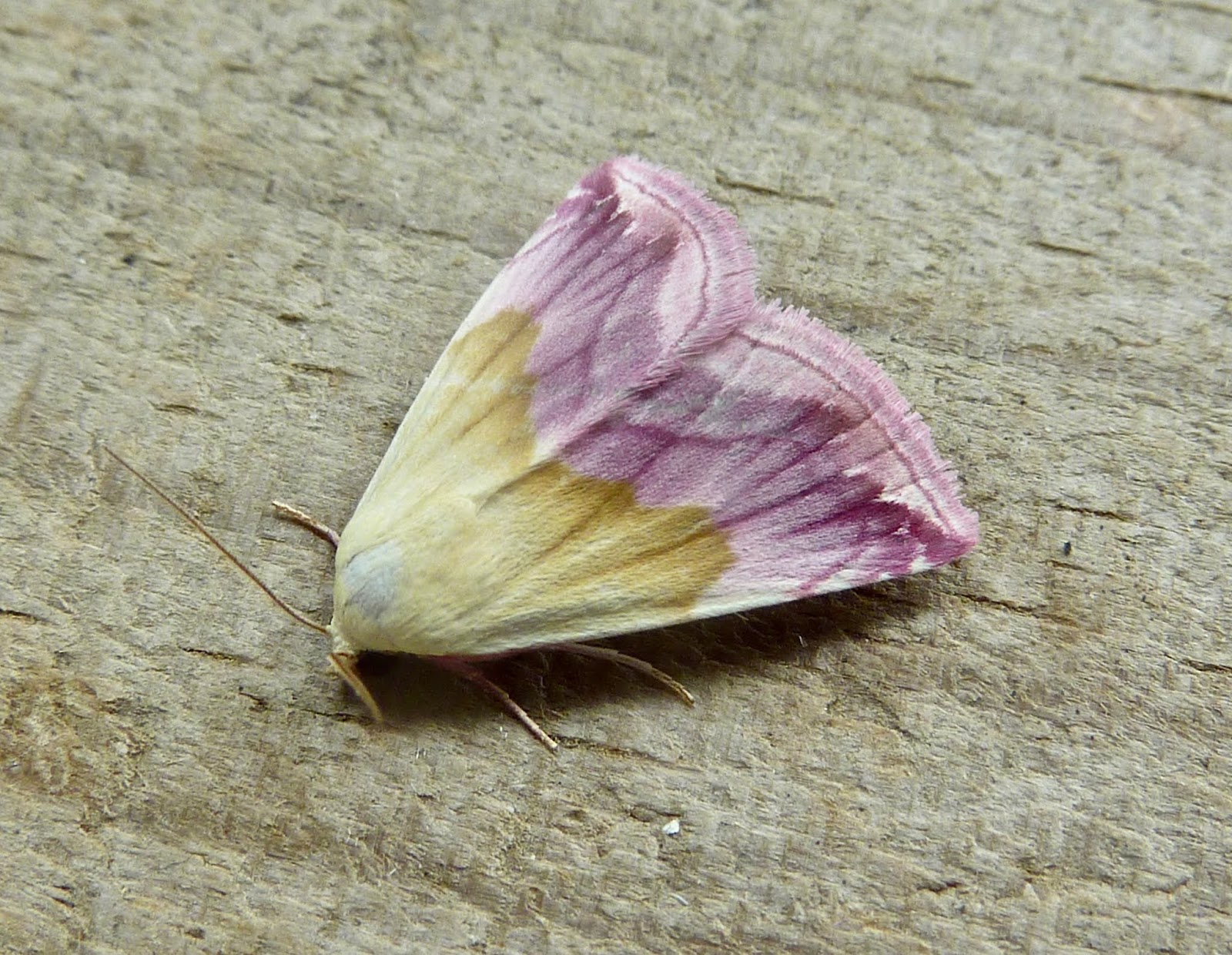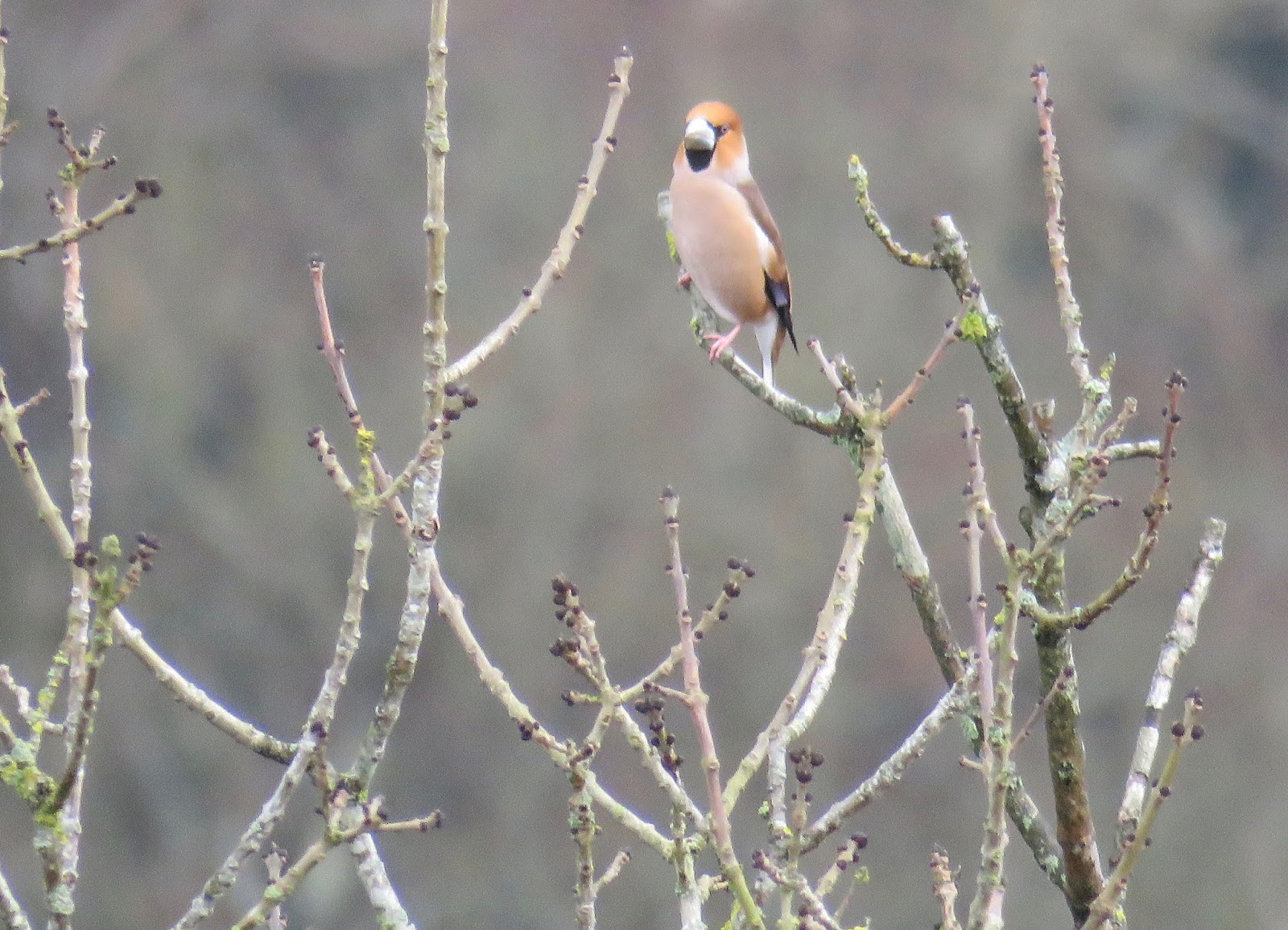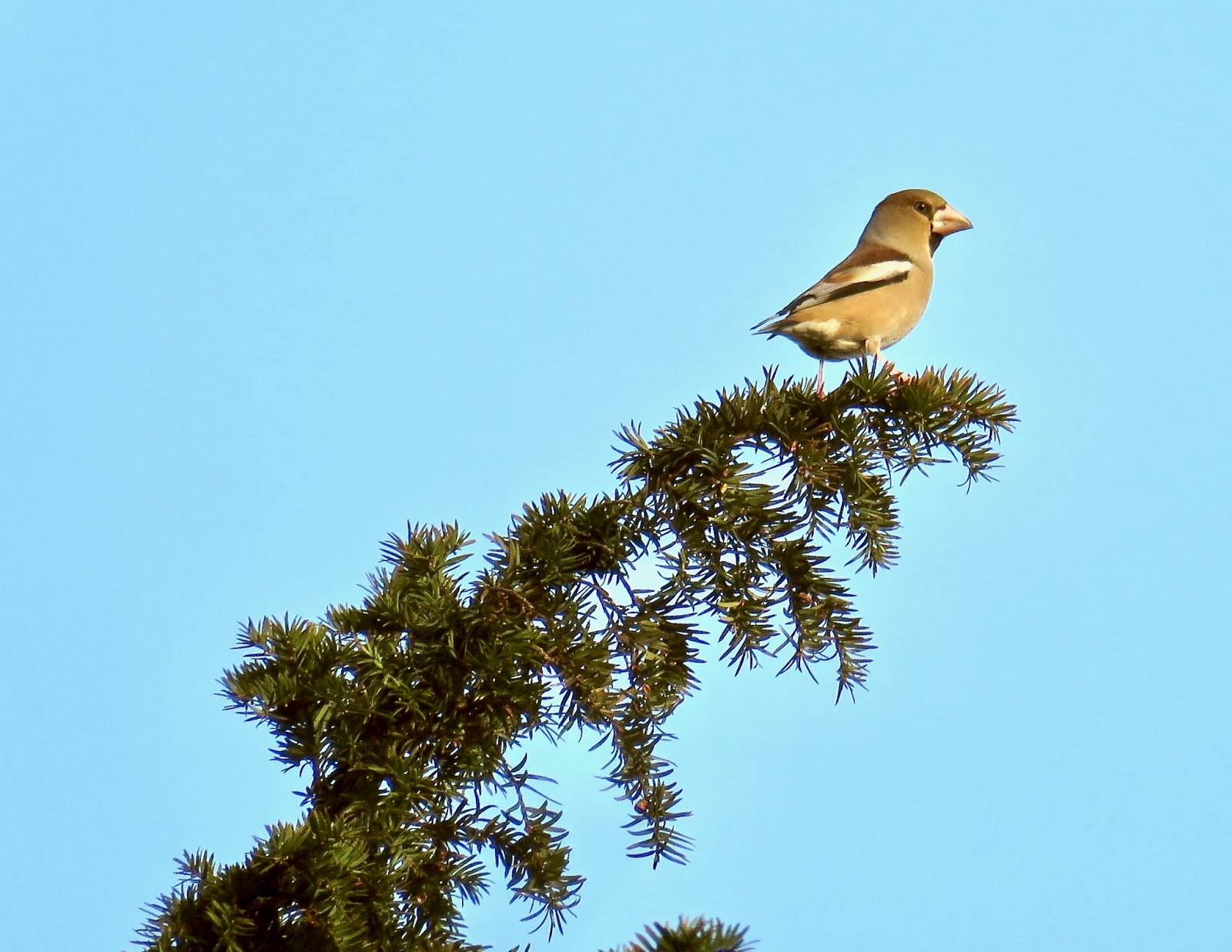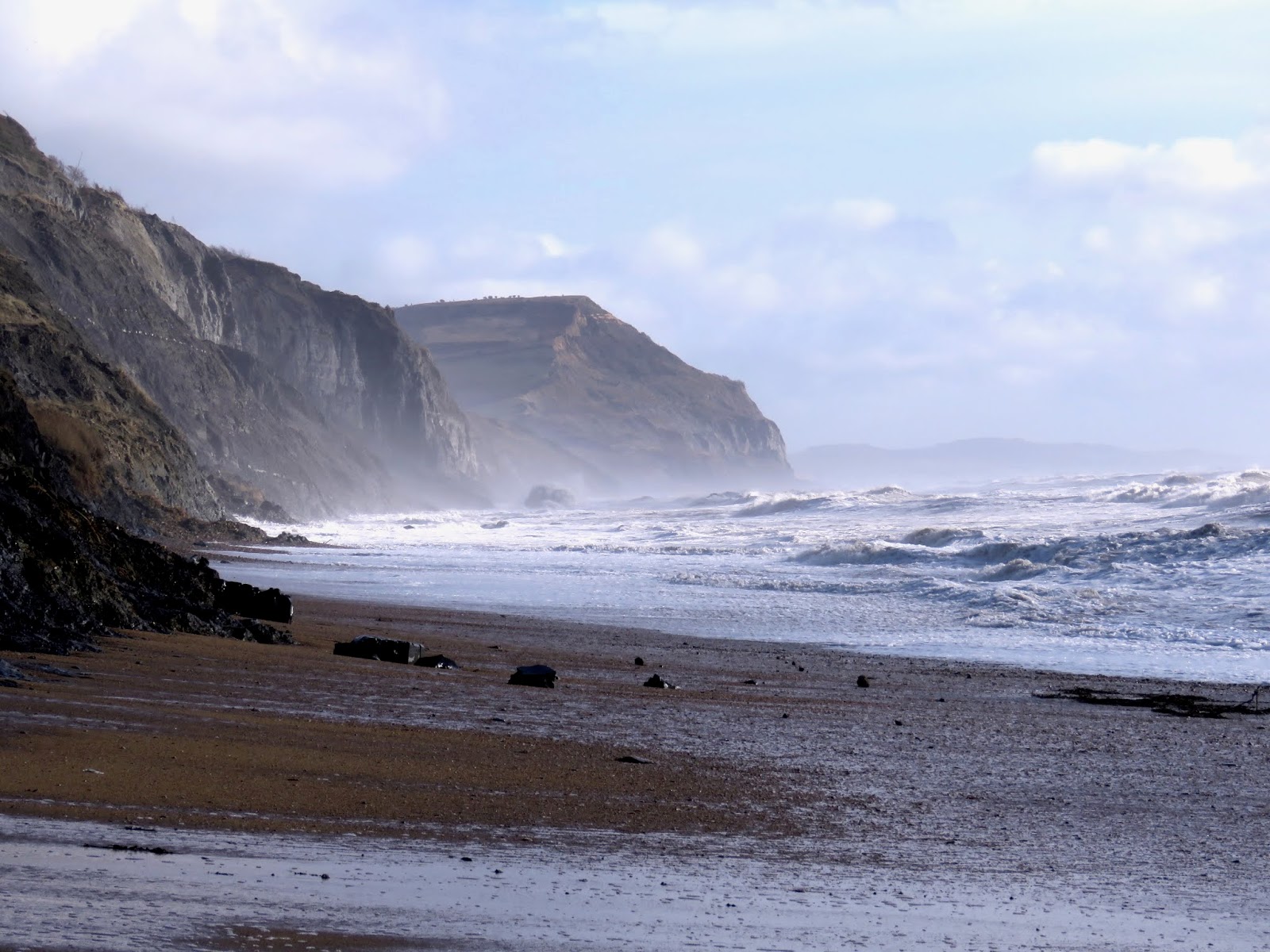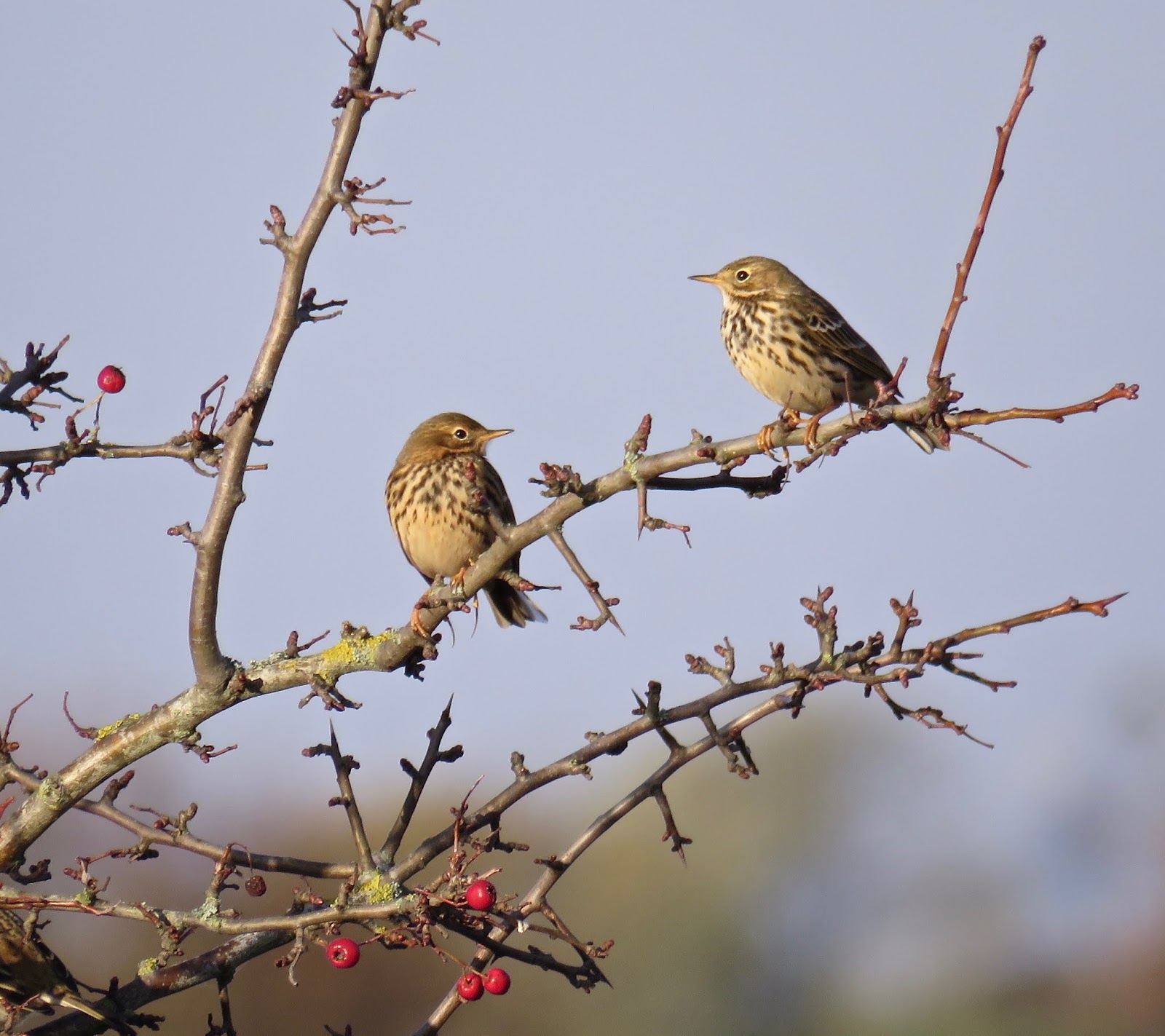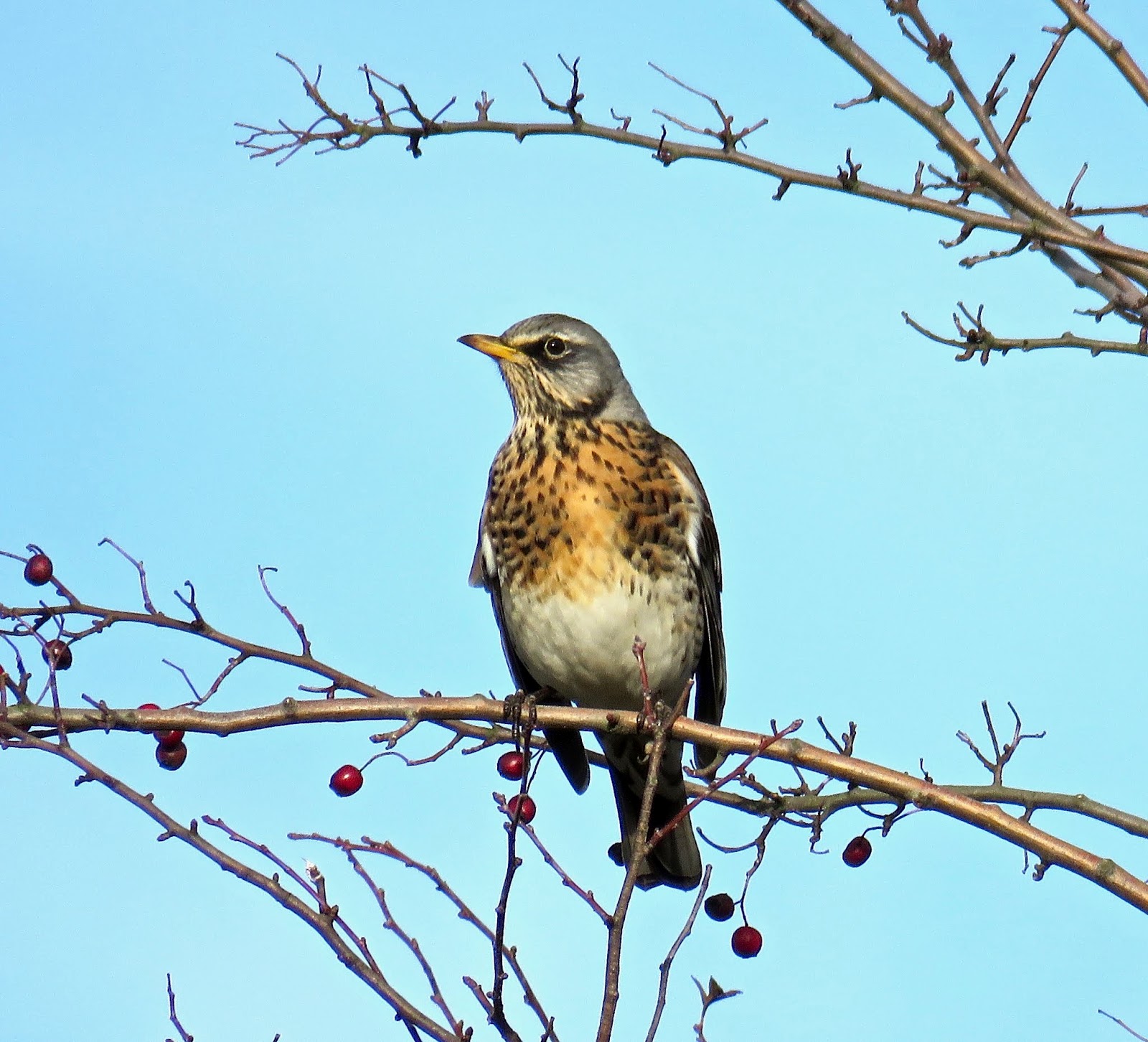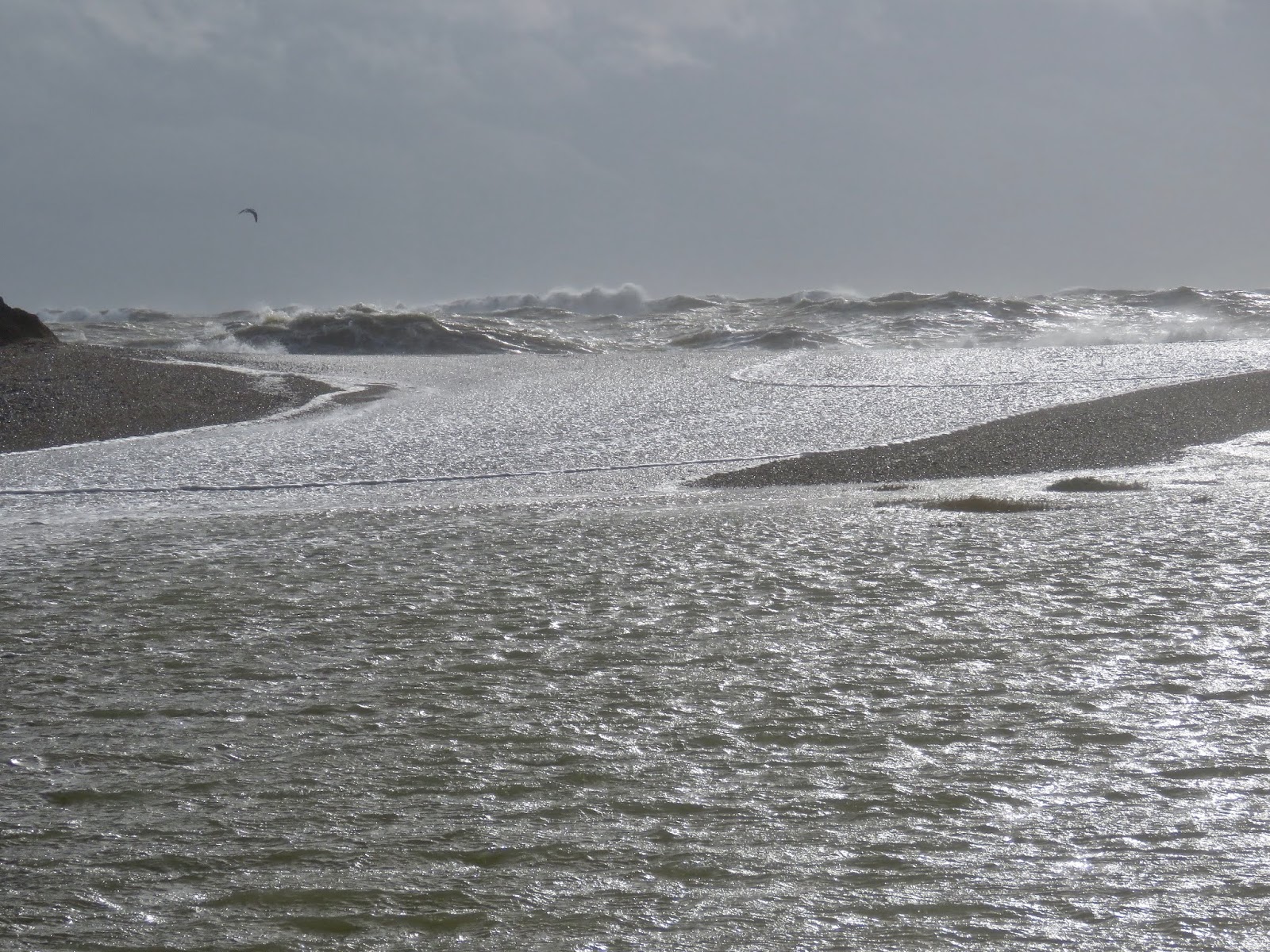2019 projects

It's always good to have a few projects on the go. As much as aimless, unformed wandering around in the world of natural history is more than acceptable, I do like a framework to be in place. So, in no particular order, here are my projects for next year. Others may be added. Surrey v Northumberland patch challenge in which I will take on Stewart Sexton in a straightforward birding competition, using our local areas to see who can reach the highest percentage of our personal historical totals. I will have two totals - Uber and mini-uber. The higher one will be submitted. Sussex and Surrey plant hit list - a trawl through the literature and a leaning on local botanist's knowledge will be employed to set up a number of botanical targets within these two fair counties. Local allotment bio blitz , just round the corner and a place where a few of the plot holders have set up an enviable local nature reserve. I have been granted a key and aim to visit throughout the year on...


